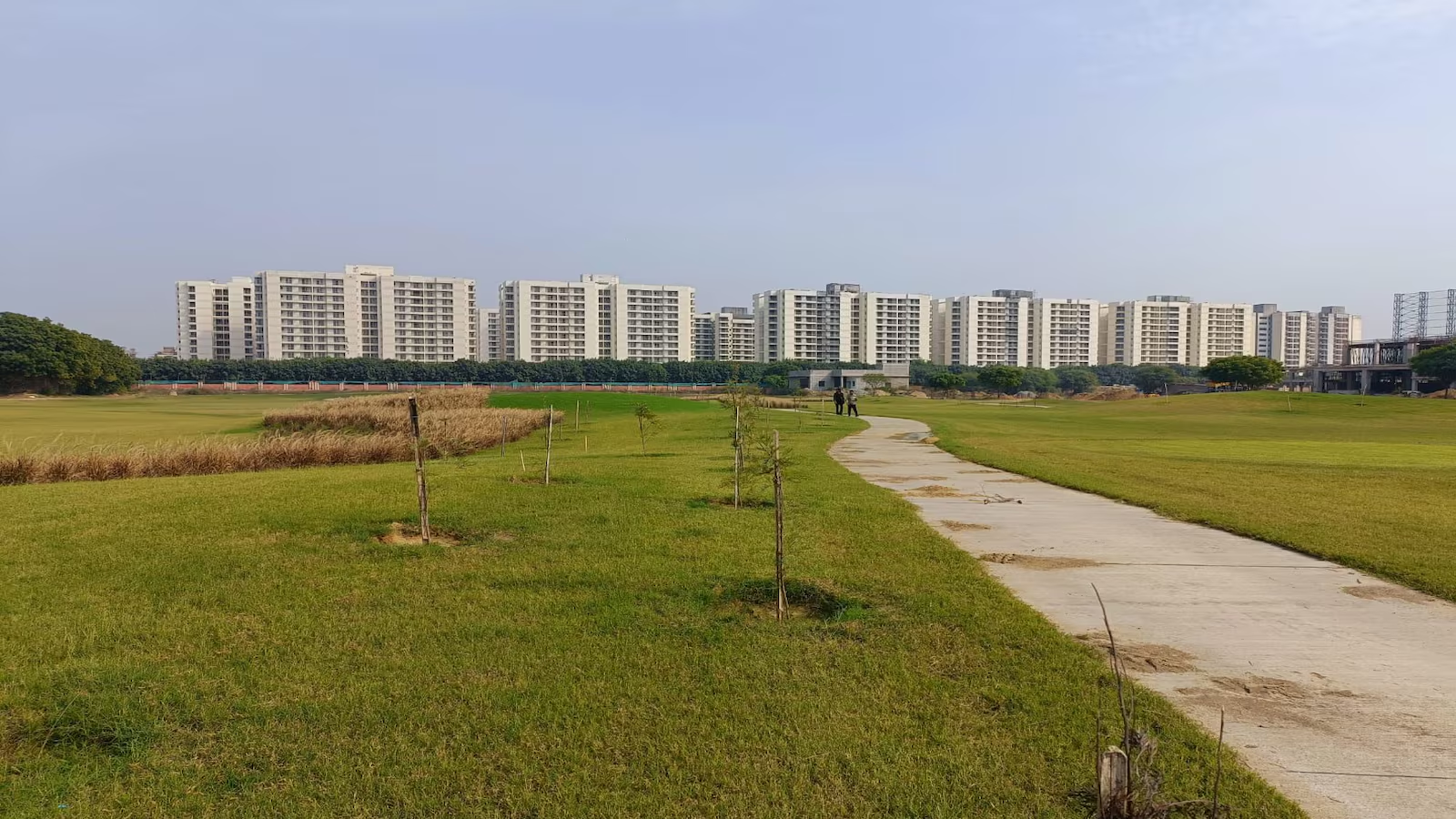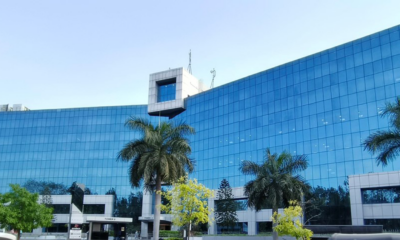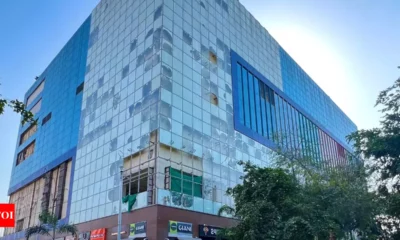Report
RICS Global Commercial Property Monitor: Real Estate sentiments takes further knock


New Delhi, February 7, 2023: The Royal Institution of Chartered Surveyors (RICS), reports in its Global Commercial Property Monitor for Q4 2022, that sentiment towards real estate at a global level is slipping a little deeper into negative territory. Sentiments remain mixed with some markets in APAC and the Middle East showing a more positive trend. Furthermore, the ‘job-rich’ macro downturn is visible in the somewhat more resilient occupier metrics.
With interest rates moving higher across much of the world and economic news flow generally downbeat, it is hardly surprising that the overall tone to the Q4 RICS Global Commercial Property Monitor is one of caution. The headline aggregate indicator capturing the mood music, the Global Commercial Property Sentiment Index (CPSI), continued to weaken into the end of 2022, falling from -11 in Q3 to -15 during Q4.It is however important to place this latest reading in context; the Global CPSI was significantly more negative through the recent pandemic and, predictably, in the aftermath of the Global Financial Crisis. In the case of the former, it approached a low of almost -40, while, in the latter, it slipped to close to -50.
The global aggregate indicator designed to capture the trend in tenant demand (measured in net balance terms) shows that the appetite to occupy space fell for a second successive quarter, albeit still at a relatively modest pace compared with the recent past.
The Q4 2022 GCPM results for APAC show mixed sentiment across different national markets. Investment and occupier activity are both suppressed at the aggregate level, holding similar feedback to that seen in the previous quarter.


Commenting on the report, Sanjay Dutt, FRICS, Chairman – RICS South Asia Board and MD & CEO Tata Realty & Infrastructure Ltd., said, “The global economic and geopolitical shifts witnessed over the last three years have triggered stagflation across the western hemisphere. China has taken a significant period to emerge from the COVID-19 pandemic, negatively impacting global GDP. Excessive liquidity to overcome the challenges has caused inflation besides disruption for those dependent on China for supplies. However, inflation is showing signs of correction and stabilization. Except for Sri Lanka and Pakistan, South Asian economies like India, Singapore and Vietnam show high resilience. In India, for example, the office market has closed at a three-year high, with gross office absorption at over 55 million sq. ft. gross absorption since the pandemic. Rates of return to office working have increased significantly. Most Indian corporates show 100% work from the office, and most American corporations, who account for 50% of the market, have witnessed over 50% return to the office. They forecast an overall hybrid work culture but expect nearly 100% office utilization by the end of 2023. As part of the office, co-working recorded the highest growth, absorbing 11 million sq. ft out of 55 million sq. ft. total. Likewise, shopping centres crossed pre-pandemic revenue and recorded 5 million sq. ft. of leasing. Warehousing logistics also saw growth to 32 million sq. ft. in the 2022 calendar year. Residential bounced during Covid and crossed 3,00,000 unit sales in 2022.
In summary, India and Singapore are the two markets showing optimistic results regarding most metrics of the Commercial Property Monitor. However, looking ahead, macroeconomic shocks such as inflation and monetary tightening will likely add to the pressures on markets within APAC. Moreover, with China and Hong Kong’s reopening from Covid restrictions in sight, the China-India and Hong Kong-Singapore twin-city style competition will likely return. Therefore, further changes could be expected in these commercial property market trends over the coming months.
-



 News3 weeks ago
News3 weeks agoKW Delhi 6 Mall Onboards New Brands
-



 News4 weeks ago
News4 weeks agoManasum Senior Living Launches IKIGAI GOA, A Senior Living Community in North Goa, in collaboration with Prescon Homes
-



 News2 weeks ago
News2 weeks agoGodrej Properties Sells Rs 3k cr+ Homes of Godrej Zenith, Gurugram, within 3 days
-



 News4 weeks ago
News4 weeks agoBridging India Divide: Top 5 Tier- 2 Cities to Focus On
-



 News3 weeks ago
News3 weeks agoCommercial Realty Gets Tech Savvy: Fast Construction, Enhanced Convenience
-



 News4 weeks ago
News4 weeks agoMultipoint Connection – A Definite Boon
-



 News3 weeks ago
News3 weeks agoRBI’s Status Quo on Key Policy Rates to Help Maintain the Real Estate Growth Momentum, Say Industry Stalwarts
-



 News1 week ago
News1 week agoOlive Announces Dhruv Kalro as Co-Founder
















